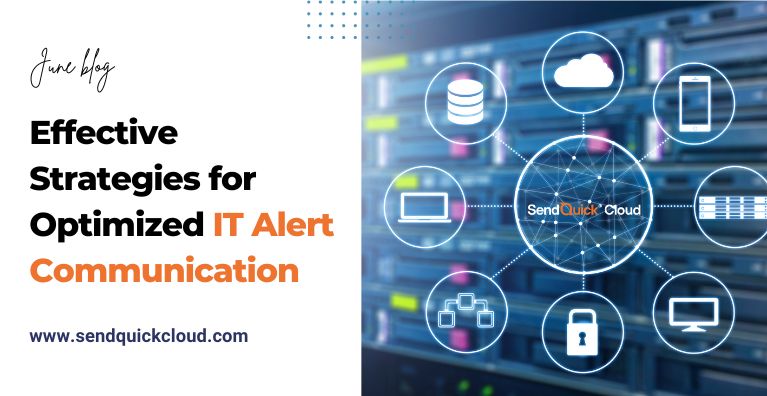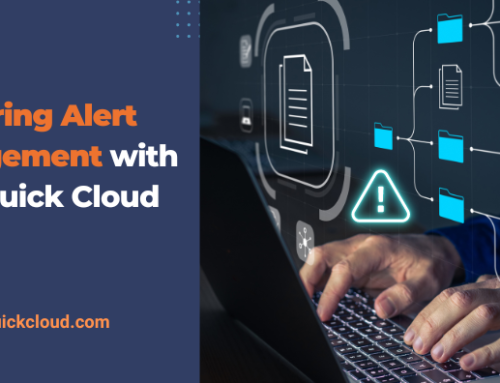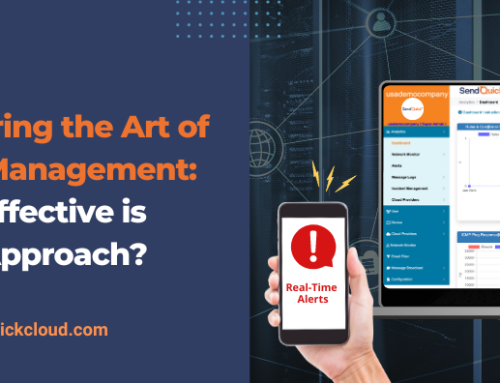Efficient communication is important to many facets of business operations, particularly in the realm of IT alert management. In cloud environments, where response time is critical, effective communication among IT support staff is necessary to reduce downtime.
Cloud-based systems are notorious for overwhelming IT staff with alerts, leading to ineffective communication. Once alert fatigue sets in, key IT staff on duty may not respond timely to critical alerts, thus leading to a potential systems downtime.
With potential costs of up to US$5600 per minute of systems downtime, optimizing IT alert management becomes crucial. This article explores strategies to establish better communication in a cloud-based IT alert system.
Crafting Clear Messages
In cloud-based IT alerting, crafting clear and concise messages is of utmost importance. Straying away from overwhelming diagnostic reports and instead focusing on delivering coherent and immediately understandable messages is key. By ensuring that alert messages are well-structured and tailored to the urgency and communication channel, organizations can minimize the time required to identify and address critical issues.
Managing Message Volume
Efficient communication in cloud-based IT alert management heavily relies on managing the volume of messages. Floods of alerts can lead to alert fatigue, causing important notifications to go unnoticed in an inbox where all the cloud IT systems send their messages. To mitigate this, organizations should selectively determine which alerts require immediate attention, consolidate, or eliminate inconsequential ones, and implement filtering systems that process and prioritize alerts before reaching the staff.
Optimizing Communication Channels
Cloud-based environments demand optimized and rapid communication channels to enable swift issue resolution. By utilising multiple communication channels, organizations provide IT staff with flexibility in selecting the most appropriate channel based on urgency. Critical alerts may require voice calls, while less urgent ones can be communicated through email or common social messengers, optimizing both cost and efficiency. A diversified range of communication channels fosters tailored and efficient modes of communication.
Interactive Two-way Communication
Allowing employees to respond to IT alert messages sent by cloud-based systems drastically improves communication. With direct feedback from each message, IT staff can know that the alert was acknowledged or provide more information to better equip the employee to resolve threats. Cloud-based IT alert management systems like SendQuick Cloud enable your company to automate two-way communication and allow the system to answer basic queries and take note of acknowledgments without human intervention.
Conclusion
Streamlining communication and achieving a better cloud-based IT alert management system is effortless with SendQuick Cloud. This comprehensive solution equips organizations with ready-to-use omnichannel messaging platforms, including SMS, voice calls, emails, and common social messengers, facilitating optimal and quick message delivery.
SendQuick Cloud’s email-to-text feature seamlessly converts email alerts from any cloud-based IT monitoring system into text messages, which can be efficiently sent through omnichannel platforms. Moreover, the system enables organizations to create customized email filters, ensuring that only essential alerts and information reach employees, thereby mitigating alert fatigue.
Using SendQuick Cloud’s roster management feature, organizations can precisely target alerts to employees on duty. By implementing these strategies and utilizing tools like SendQuick Cloud, organizations can significantly enhance IT alert communication, resulting in immediate issue resolution, minimized downtime, and optimized performance.
Find out more about SendQuick Cloud at https://www.sendquickcloud.com/.




